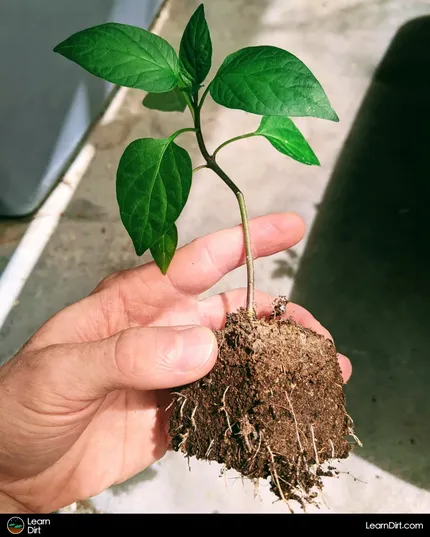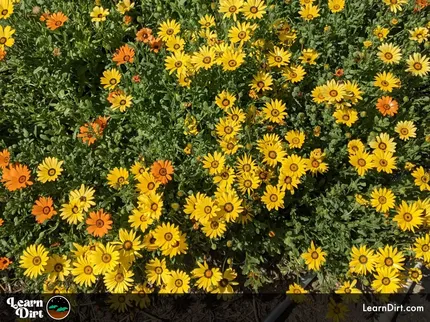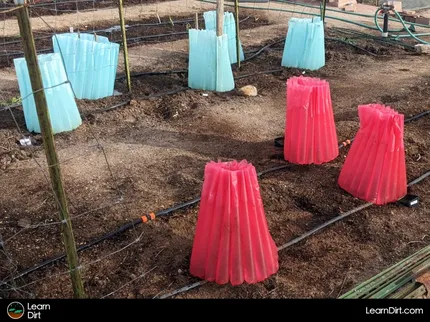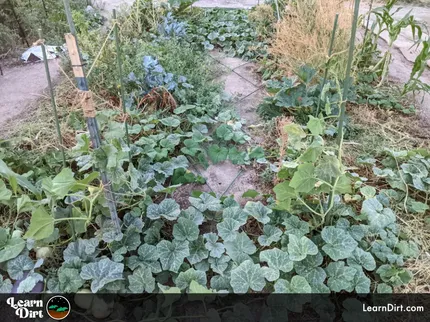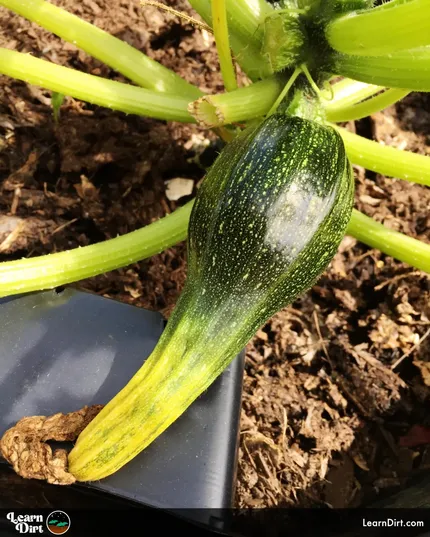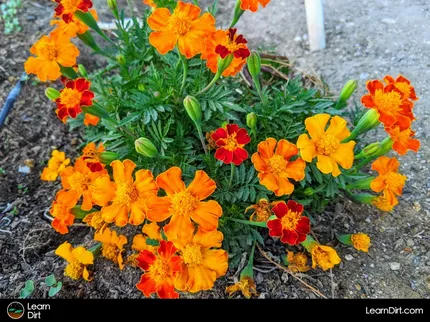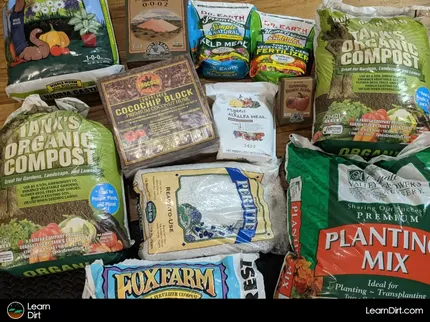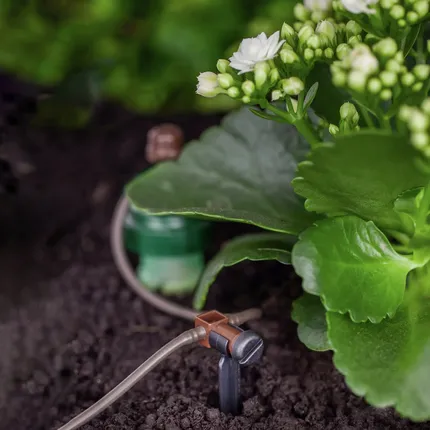Table of Contents
- What Are Cover Crops?
- What Is Nitrogen Fixation?
- Why Is Nitrogen Important for Plants?
- Benefits of Cover Crops
- Breaking Up Compaction With Cover Crops
- Building Soils With Cover Crops
- Final Thoughts...
* Our articles never contain AI-generated slop *
If you're lookin' for reasons to plant cover crops in your garden or on your farm, you're in the right place.
Cover crops will help your land in a multitude of ways, so it's worth understanding their benefits and use cases.
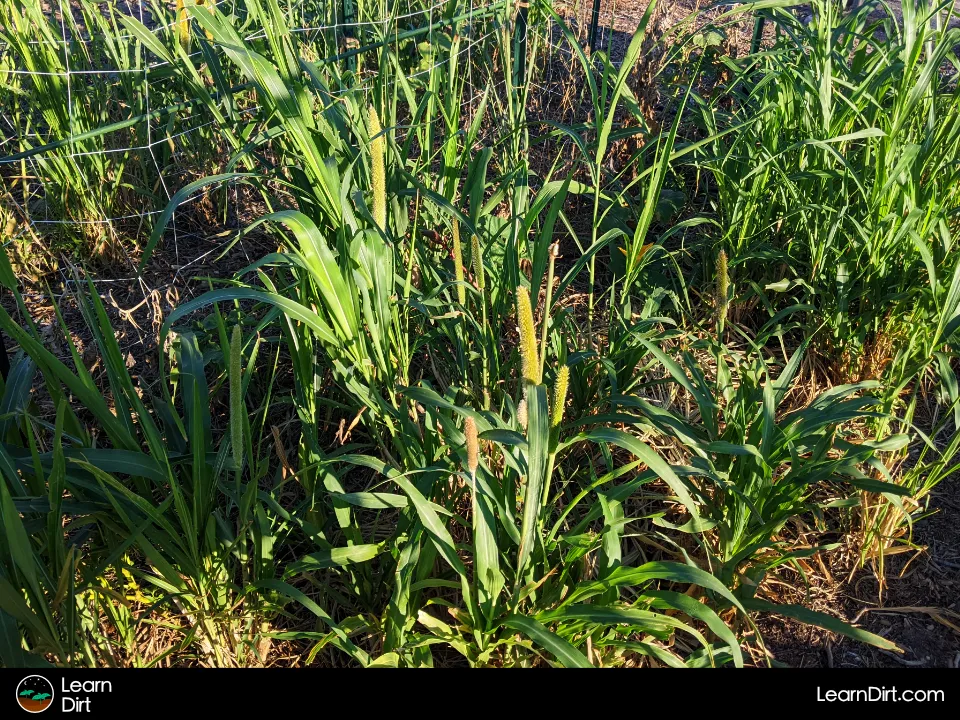
Before we talk about those benefits, let's first discuss what exactly cover crops are and why you should care about them.
Disclaimer: This post may contain affiliate links. Refer to the privacy policy for more information.
What Are Cover Crops?
For starters, what even is a cover crop, anyway??
Cover crop is a broad term for any plant which helps protect or improve your soil health.
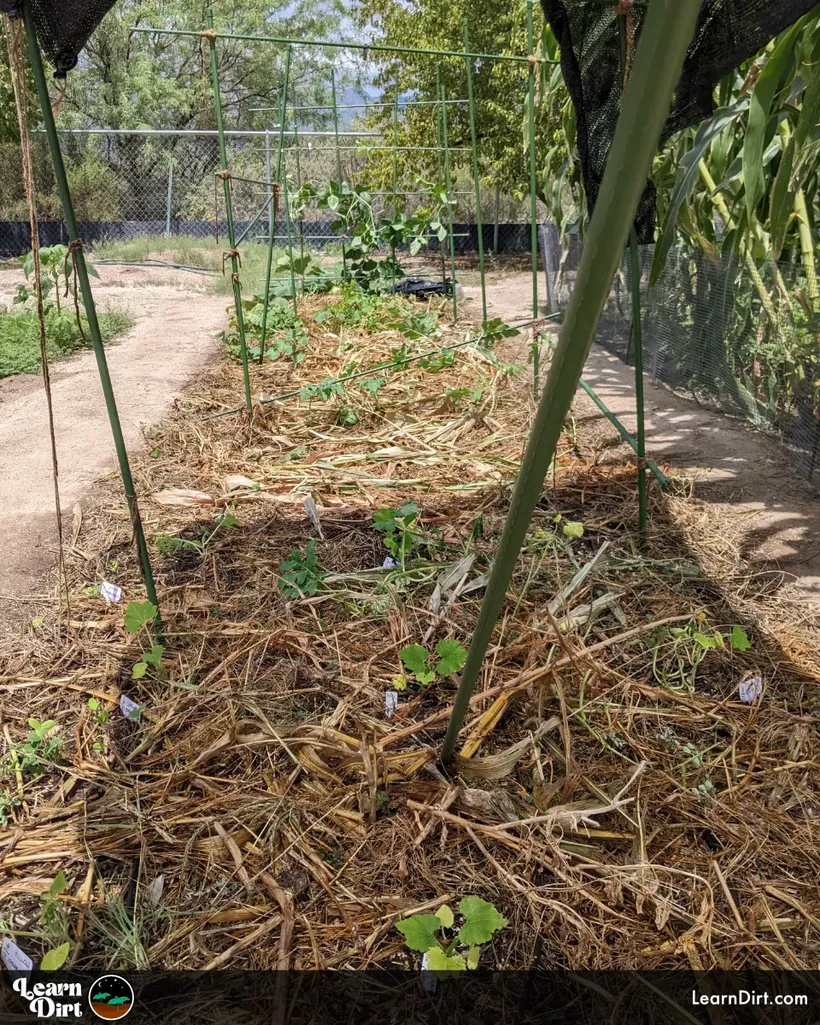
Cover crops have a critical role to play in soil health improvement and conservation.
Improved soils increase plant yields and improve plant health, which means more food for you or more profitability from your yields.
While many farmers and ranchers have been familiar with cover crops forever, covers are often a completely new concept to gardeners.
We'd love to see more gardeners adopting cover crops as a way to increase fertility and get the best use out of their spaces.
Join The Grower's Community
A free & open space for anyone who is passionate about cultivation 🌱
Check It Out!
So what exactly are cover crops?
Cover crops are usually (but not always) legumes - the fabaceae family. This includes such species as cowpeas, clovers, alfalfa, lupins, peanuts, rooibos, fava beans, and vetches, among others.
Legumes are unique among plants in that they are what we call "nitrogen fixers" which means they "fix nitrogen"
What Is Nitrogen Fixation?
Nitrogen fixation is a process whereby the relatively non-reactive atmospheric N2 is converted into its more reactive compounds (nitrates, nitrites, or ammonia).
These are compounds that plants can use, which means that nitrogen fixation provides plants with the nitrogen that they need to grow.
The real champions of the nitrogen fixation process are free-living N-fixing bacteria that adhere to the host roots. This refers to such genera as Azospirillum, Glucenobacter, Acetobacter, Herbaspirillum, Azoarcus.
Most N-fixing bacteria reside on roots, however some types like Herbaspirillum may penetrate the entire plant. These microorganisms work to enhance crop growth and boost yields, which is particularly important in poor soils.
N-fixing bacteria are forever locked into a symbiotic relationship with legumes, which provide special nodules on their roots that house the bacteria.
Plants harvest carbon in the form of the carbon dioxide from the air, and feed that carbon to bacterial and fungal networks at the root zone. In exchange, nitrogen-fixing bacteria harvest nitrogen and convert it to a form that plants can uptake through their roots.
Together, the plants and bacteria are able to harvest both carbon and nitrogen from the atmosphere and store them both in their bodies - eventually releasing them to the soil when they die and break down.
Why Is Nitrogen Important for Plants?
Plants need nitrogen. It's one of the main macronutrients essential for plant development, as it plays a key role in metabolism, in photosynthesis, chlorophyll content, and protein synthesis.
Nitrogen also makes up 78% of the air on Earth. It's readily available everywhere there's air - you're breathing it in right now.
So if Nitrogen is so important and also so abundant, why do we buy synthetic fertilizers from chemical companies to get nitrogen into our gardens?
Isn't that a huge waste of money if we're surrounded by free nitrogen at all times? Absolutely!
Paying for synthetic fertilizers to get nitrogen to our plants is one of the most wasteful, ridiculous, counter-productive things you can do.
You work hard for your money, so why buy what's already free everywhere?
If nitrogen makes up the majority of the air, why do your plants ever experience nitrogen deficiencies?
Well, nitrogen is free but it's not available in a form that plants can use on their own.
They can't breathe it themselves, so it's a "water, water everywhere and not a drop to drink" situation. This is where nitrogen fixers come in.
Benefits of Cover Crops
Some of the many benefits of cover crops include:
Dig Cool Merch?
- adding organic matter
- adding or scavenging nutrients
- enhancing beneficial mycorrhizal fungi
- reducing erosion
- improving soil structure
- alleviating compaction
- attracting beneficial arthropods
- suppressing weeds and parasitic nematodes
- increasing water infiltration
Check out a pre-mixed cover crop seed here if you're not sure which cover crops to use. This is a great way to try a variety of cover crops all at once and see which ones work for you in your climate.
Once you learn which specific cover crops you want to grow, you can hand-select them in bulk from a company like Johnny's.
Breaking Up Compaction With Cover Crops
Maybe your native soils are heavily compacted like ours are here in the desert.
Our soil dries out and leaves hard cement-like layers which are tough for plant roots to deal with.
Worse, compacted soils fight against water infiltration when it does rain. These soils may prevent much of the rainfall from being captured and stored where your plant roots need it most.
You could till or broad fork your soil to alleviate some compaction, but I advocate for the easier method of letting cover crops do the work for me.
Tillage radish (a type of daikon) has a long taproot which can grow to a tremendous size for a radish. These are one of our best cool season cover crops for fighting against soil compaction.
Tillage radish roots can extend far down into the soil, doing all the hard work of breaking up the hard dirt.
The penetrating roots provide channels for moisture to flow deep into the soil through.
As the radishes break down and decompose, they provide food for the microbiome while the channels for moisture infiltration hollow out. This can be very similar to the effect of broad forking with absolutely none of the labor required.
Keep reading about using cover crops to break up compacted soils here.
Building Soils With Cover Crops
When cover crops are chopped and dropped as mulch, they feed the soil microbiome while decomposing in place.
This, in turn, builds the next layer of soil for future plants to utilize.
Simply put, chopping and dropping cover crops is the way to build great soil.
Final Thoughts...
That's all for now. If you've found this interesting, we'd love to hear about your experience using cover crops over on the forum!
That's all for now, thanks for reading!
If you have any questions, comments, or would like to connect with fellow gardeners, head on over to the forum and post there.



![Black Dirt Live Again [Blue]](/media/product_images/black-dirt-live-again-[blue]_sticker_260x260.png)
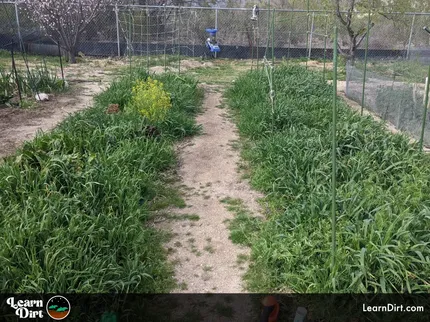
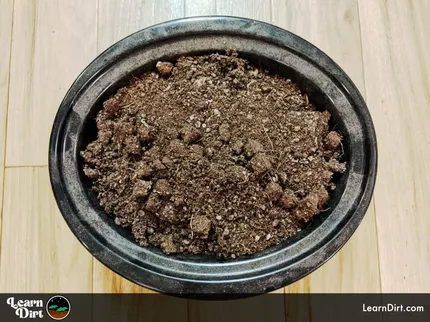
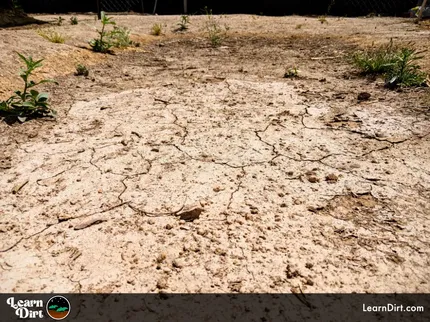
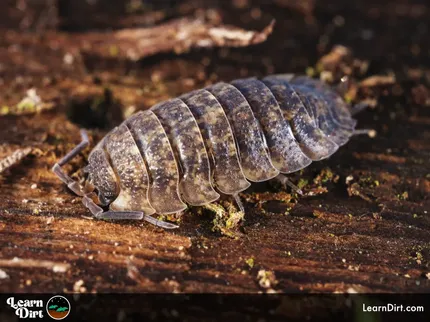
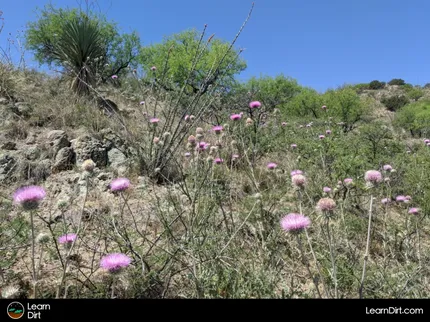
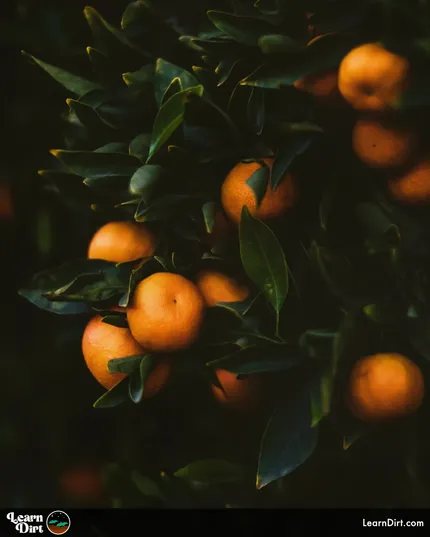
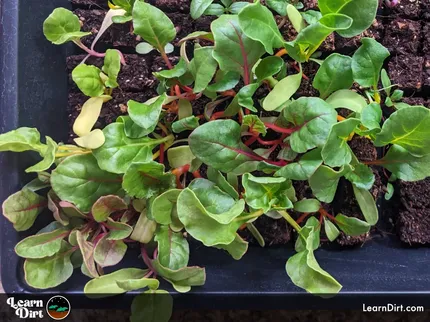
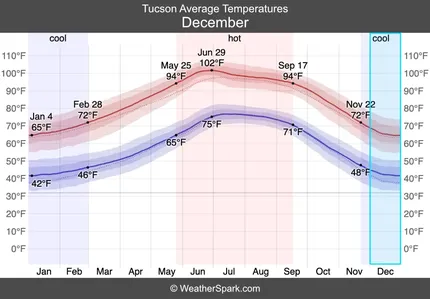
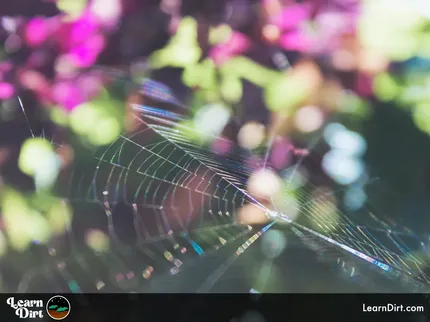
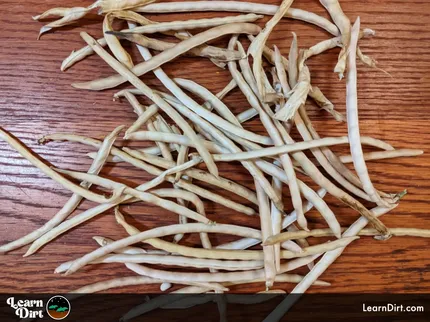
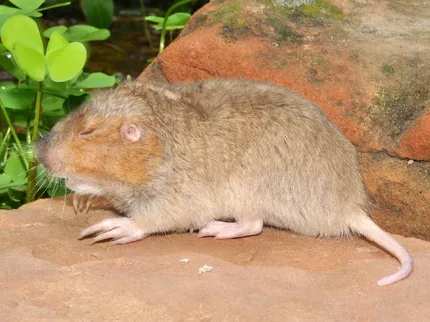
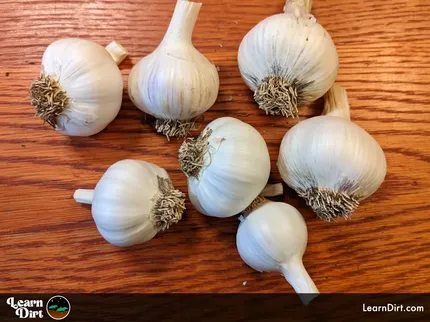
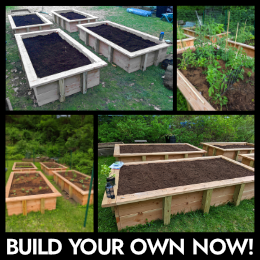
![Black Dirt Live Again [Purple] Sticker](/media/product_images/black-dirt-live-again-[purple]_sticker_260x260.png)
![Black Dirt Live Again [Purple] T-shirt](/media/product_images/black-dirt-live-again-[purple]_shirt_260x260.png)
